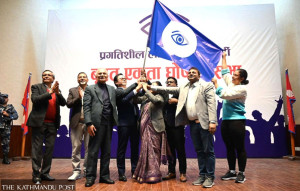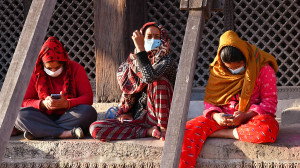Politics
Election Commission calls for political party registration by Nov 16
In addition, parties contesting the March 5 elections must enlist with the commission by Nov 26 this year.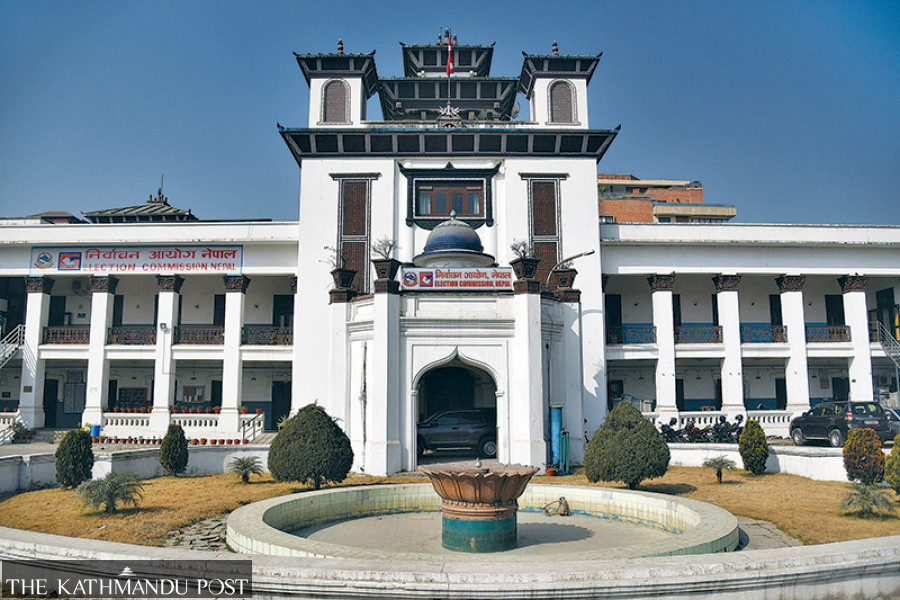
Binod Ghimire
Any group intending to contest the upcoming elections must register as a political party by November 16, as per the Election Commission’s schedule.
Publishing the detailed schedule for the March 5, 2026 snap polls, the commission has set aside six weeks for the registration of new parties. As per the commission’s record, 122 parties have been listed as of July. The latest one, the Rastriya Mukti Party led by Rajendra Mahato, was registered on January 25.
President Ramchandra Paudel, on the recommendation of the interim government formed after the Gen Z movement, had on September 13 dissolved the House of Representatives and announced elections for March 5. The elections are just five months away. Various youth groups who were part of the movement are under consultations to form political parties to contest the mid-term elections.
“Any stakeholder intending to participate in the election must have obtained a political party registration certificate by November 16,” said Narayan Prasad Bhattarai, spokesperson for the commission. Submission of the party statute, its flag, election symbol and signature of at least 500 voters, among other documents, to the commission is a must to be listed as a political party.
As per the commission’s schedule, the parties willing to contest the next year’s polls should register separately for the purpose. They will have 10 days to do so from November 17. Not every party registered with the commission participates in elections.
“The office of the election officers for the first-past-the-post (FPTP) will be set up starting January 16, 2026,” according to the schedule. “Such an office for the proportional representation (PR) system will open on December 1.”
The parties contesting the polls will have to submit the closed list of the candidates for the proportional representation system on January 2 and 3 next year.
In the 275-strong lower house, 165 members are elected through the FPTP while the remaining 110 get elected under the proportional representation based on the vote shares of each party. Currently, the constitutional poll management body is registering new voters for the upcoming polls. As per the commission’s report, as many as 18,148,654 voters have been listed as of Chaitra, the end of the Nepali year 2081 that fell in mid-April.
As many as 17,988,570 voters—9,140,806 men, 8,847,579 women and 185 from other categories—were eligible to cast their ballots in November 2022.
By April 2025, in two and a half years, the number increased by 160,054 to 18,148,654.
“The commission has decided to give two weeks starting February 15 for the publicity campaigns,” said Bhattarai. There will be two days of silence before voting commences at 7 am on March 5. The voting will continue till 7 pm that evening.
The commission has stated that it will regularly consult political parties and stakeholders for coordination and cooperation in the election, in line with the approved election schedule.
Ram Prasad Bhandari, acting chief election commissioner, said they are currently working to list out the logistics they need to conduct the polls successfully.
“We are also calculating the budget. We will adopt austerity measures, spending as little as we can for the polls,” he said. “The commission will come out with its fund requirements and logistical details by the end of this week.”
Going by the past experiences, most of the budget for the elections is spent on security arrangements. Along with the mobilisation of existing security forces, there is also the practice of recruiting temporary police to support election security.
The government claims that there will be no problem in giving enough money to the commission from its own resources.




 19.12°C Kathmandu
19.12°C Kathmandu



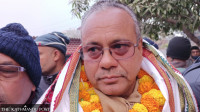

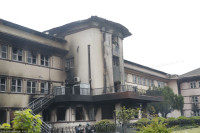
%20(1).jpg&w=300&height=200)
